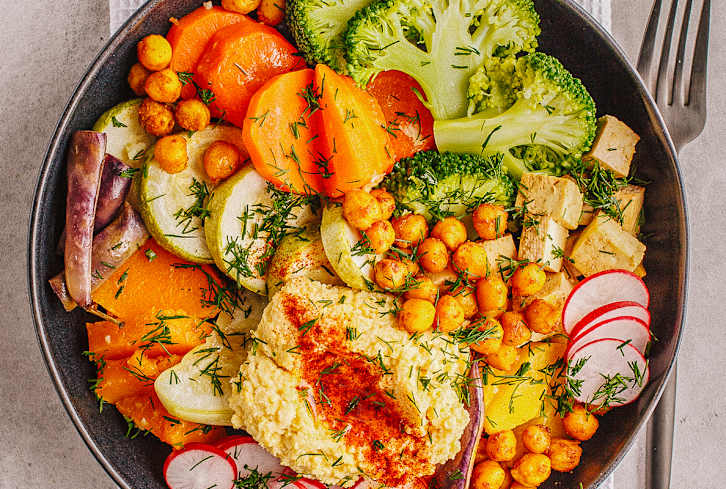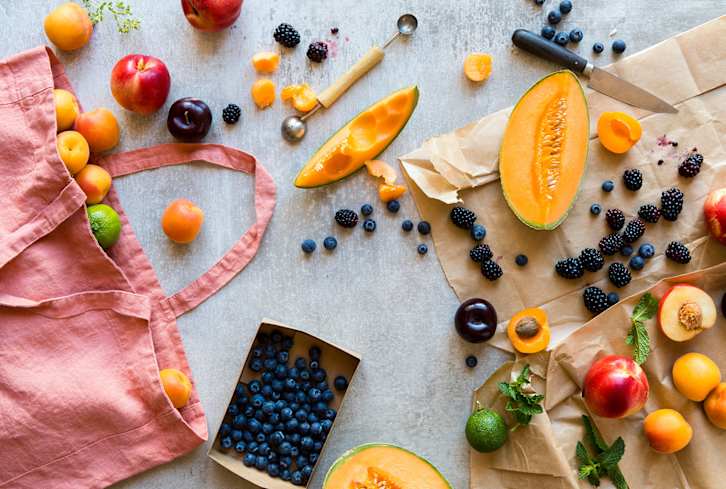Advertisement
6 Foods That May Help Reduce Brain Fog Symptoms

Do you often experience brain fog? It's that feeling of mental fatigue that drains your energy, causes poor concentration, and prevents you from gathering your thoughts. It may occur as a symptom of an underlying illness, side effects from medication, hidden allergies (e.g., gluten), lack of sleep, dehydration, and even overeating.
Brain fog is not a medical diagnosis but a set of subjective symptoms that people experience and describe as:
- Poor concentration
- Mental confusion
- Eye fatigue
- Headache
- Poor sleep
- Decrease in intellectual productivity
The good news is that there are small nutrition tweaks that can may help clear brain fog symptoms, boost energy, and increase productivity. The key is keeping your brain well-fed, nourished, and oxygenated with the rights foods.
Water

Water is vital to the proper functioning of the human's cells and body systems, as it accounts for 60 percent to 70 percent of total body weight in lean adults, and 45 percent to 55 percent in obese adults. Water also plays a major role in brain function—approximately 75 percent of the processes that take place in the brain occur in the presence of water.
Drinking adequate amounts of water will also help increase mental clarity and concentration, help prevent headaches, and help remove cellular waste that accumulate in the blood and travel to the brain.
Exactly how much to drink
A simple way to calculate your daily water requirement is by dividing your body weight in half and replacing pounds with ounces. So if you weigh 140 lbs., your water requirement is 70 oz. Also, keep in mind physical activity, as athletes and active people need more water than sedentary people. During the hot summer months, you need to boost your water intake even more.
Omega-3 rich foods
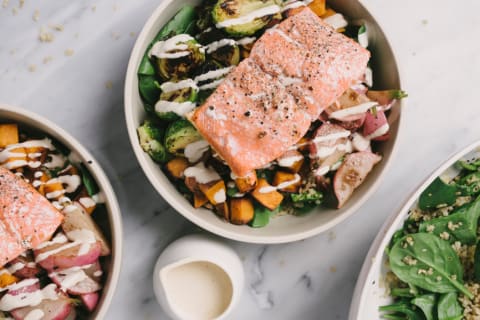
Omega-3s are an essential nutrient for the brain and nervous system. They are called essential because our body does not make them, so we need to get them from our diet. Among their near-infinite benefits, omega-3s can help lower inflammation, protect cell membranes, improve cognition and memory, and support mood stability.
Exactly what to eat
The best sources of omega-3s are fatty fish (salmon, trout, cod liver, herring, mackerel, and sardines), shellfish (shrimp, oysters, clams, and scallops), or krill oil. You may also get omega-3s from plant-based foods, such as flaxseed, chia seeds, or walnuts; however, their conversion to the absorbable form, known as EPA and DHA, is much lower.
Rainbow foods
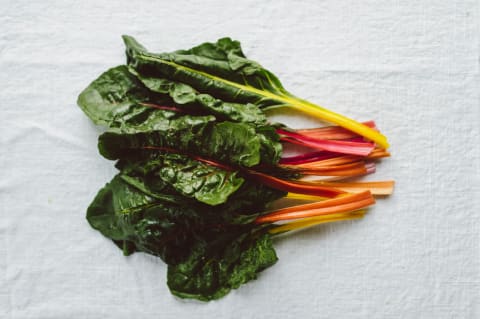
Flavonoids are plant-derived compounds that have antioxidant properties. They scavenge harmful toxic cellular waste in the body called free radicals. Free radicals damage brain cells and DNA through a process called oxidation, which contributes to brain-fog-related symptoms. Studies indicate that flavonoids found in certain fruits and veggies are able to improve memory and brain function, thereby helping to lower symptoms related to brain fog. Fruits like grapes, pomegranates, strawberries, and blueberries have been shown to improve many aspects of memory and learning, such as rapid and slow memory acquisition, short-term working memory, long-term reference memory, and memory retention and retrieval.
Exactly what to eat
Lots of fruits and vegetables! Go for a rainbow of color.
Quercetin-rich foods

Quercetin is a flavonol (a subtype of flavonoids) found in plants and known for its antioxidant properties. Unique to quercetin is its ability to block histamine release1, the main trigger for allergies that can cause symptoms of brain fog.
Exactly what to eat
Foods that are rich in quercetin include capers, red onions, kale, red apples, and buckwheat.
Dark chocolate
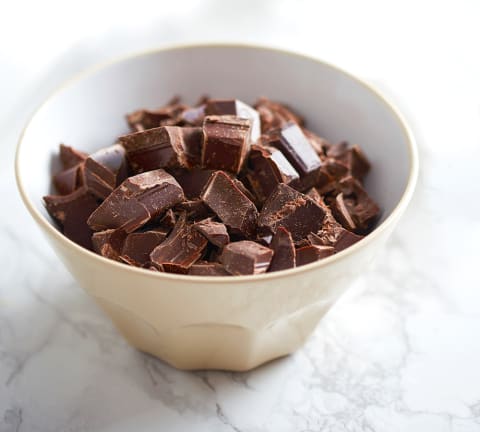
In addition to being delicious, dark chocolate is packed with antioxidants. Cocoa flavonols, which are the active compounds in cocoa powder, have been shown to increase blood flow to the brain, providing it with an abundant supply of nutrients and oxygen. Studies have shown2 cocoa flavonols improve cognitive function and blood pressure control in older adults, support the heart, improve concentration3, and can even help stabilize mood.
Exactly what to eat
When buying a chocolate bar, the darker the chocolate, the better (look for 70 percent or more cacao content). You can also buy good-quality dark-chocolate cocoa powder, but you'll notice it can be bitter, so a great way of getting it in your diet is by adding it to your smoothies.
Probiotic-rich foods
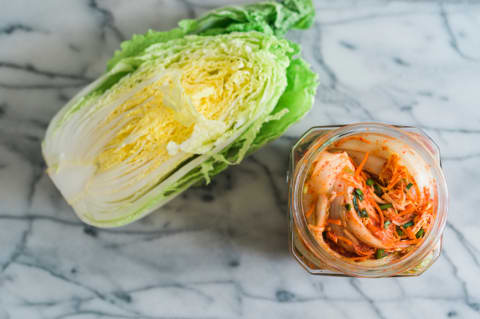
The human body carries over 100 trillion bacteria in the gut. These bacteria work synergistically with the body's systems and contribute to the synthesis of vitamins and neurotransmitters (brain chemicals) and also help with food digestion. The gut also hosts harmful bacteria but in a smaller amounts. These opportunistic species thrive on sugars, which can lead to an overgrowth and create an imbalance in the microbiome.
The connection between the brain and gut is bidirectional, which means if one consumes a highly processed meal that is loaded with simple sugars, the brain will suffer from a lack of neurotransmitters and vital nutrients. Research has shown that an imbalance in the gut microbiome can lead to changes in mood, negatively affect learning and memory function4, and may also cause inflammation in the brain. So basically, food choice and a clean diet are tremendous for brain health.
Exactly what to eat
Incorporating probiotic-rich food in your diet will help balance gut flora and get rid of harmful bacteria. These foods include sauerkraut, kimchee, kombucha (watch out for sugar content), and kefir. Supplementing with probiotics is another great way to get good bacteria into your diet.









